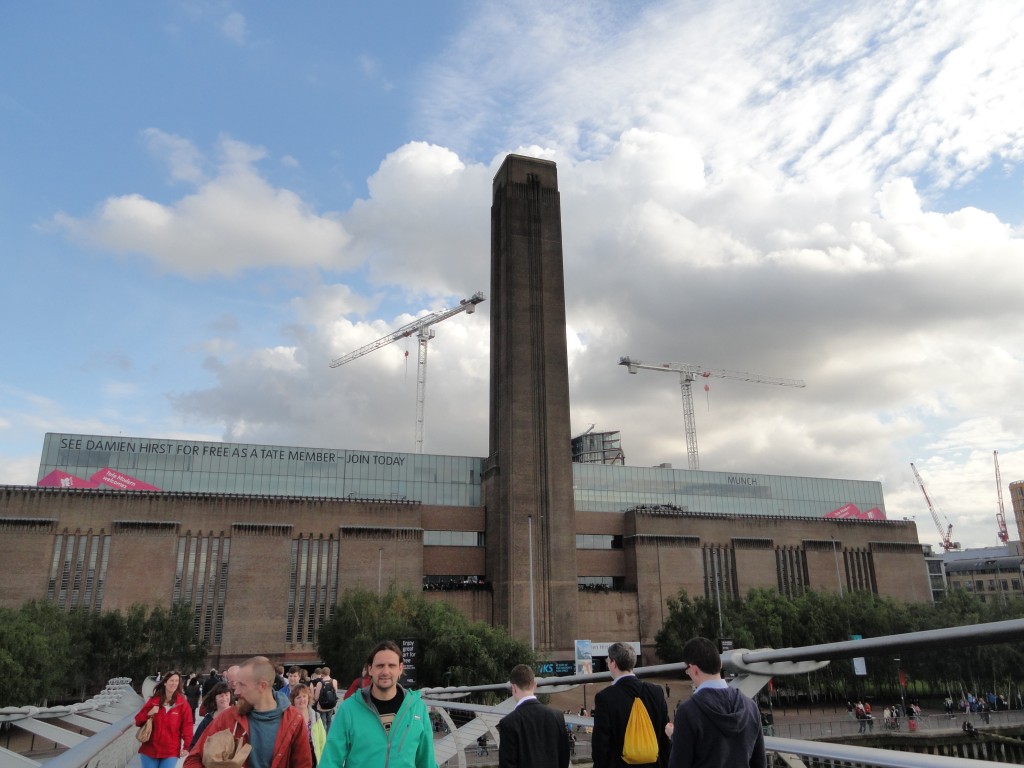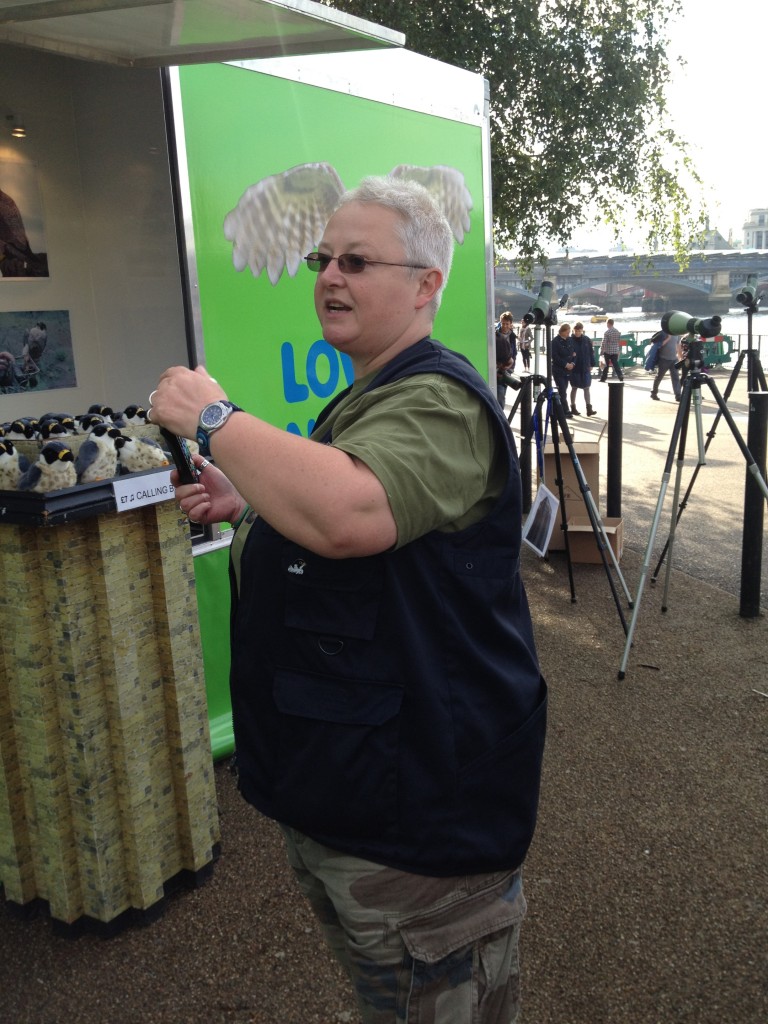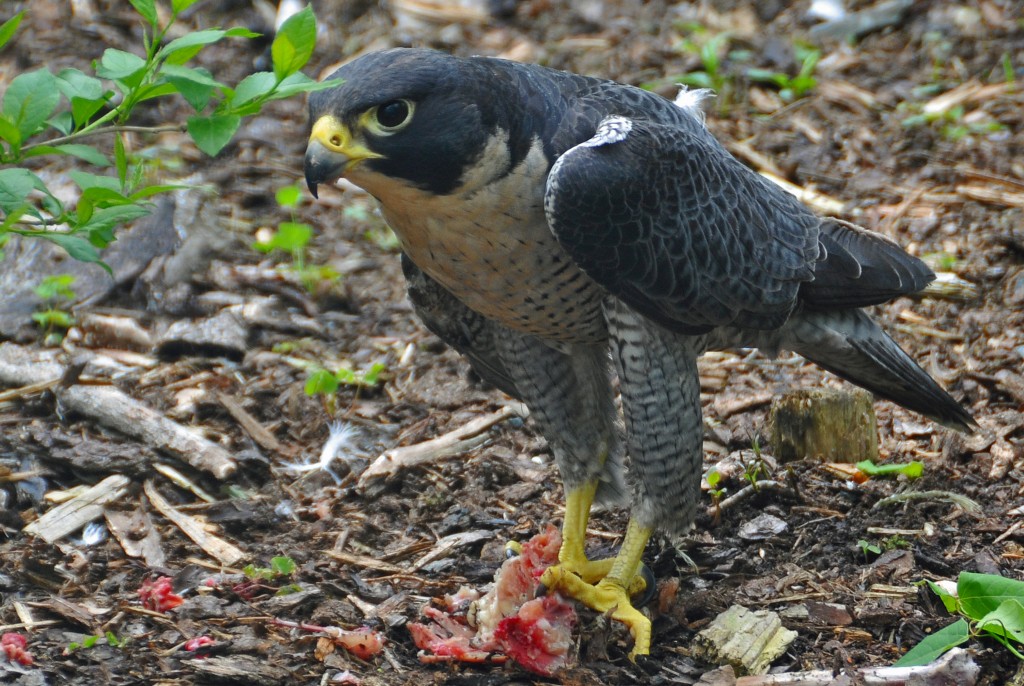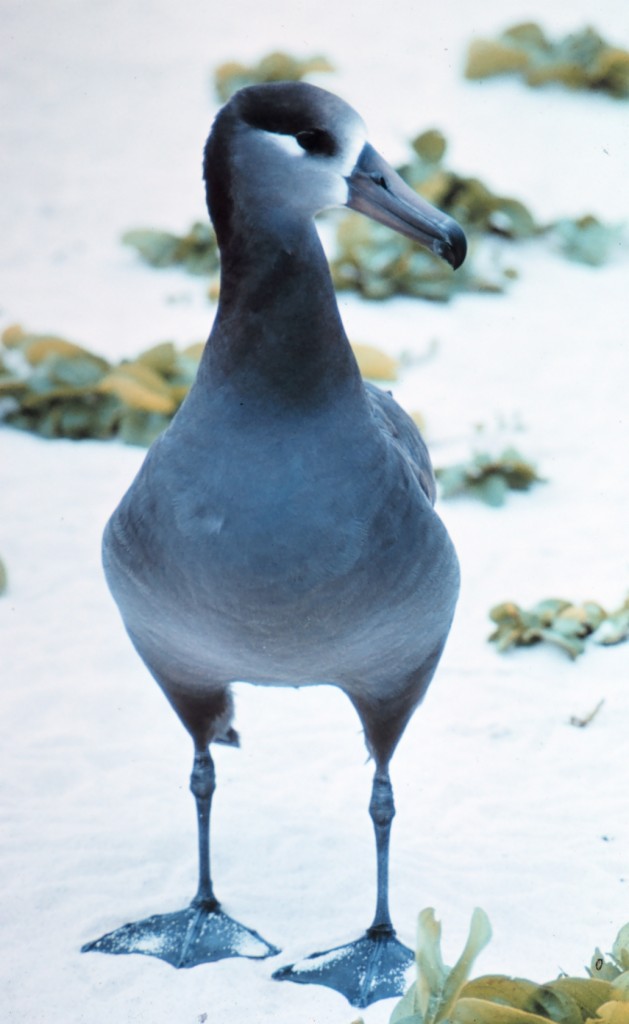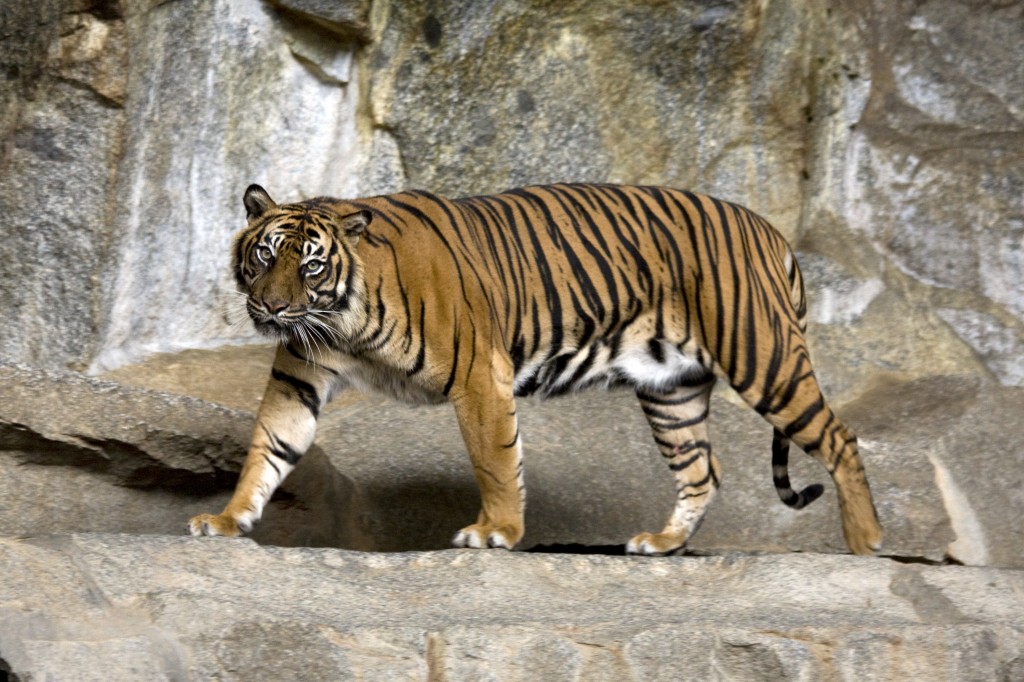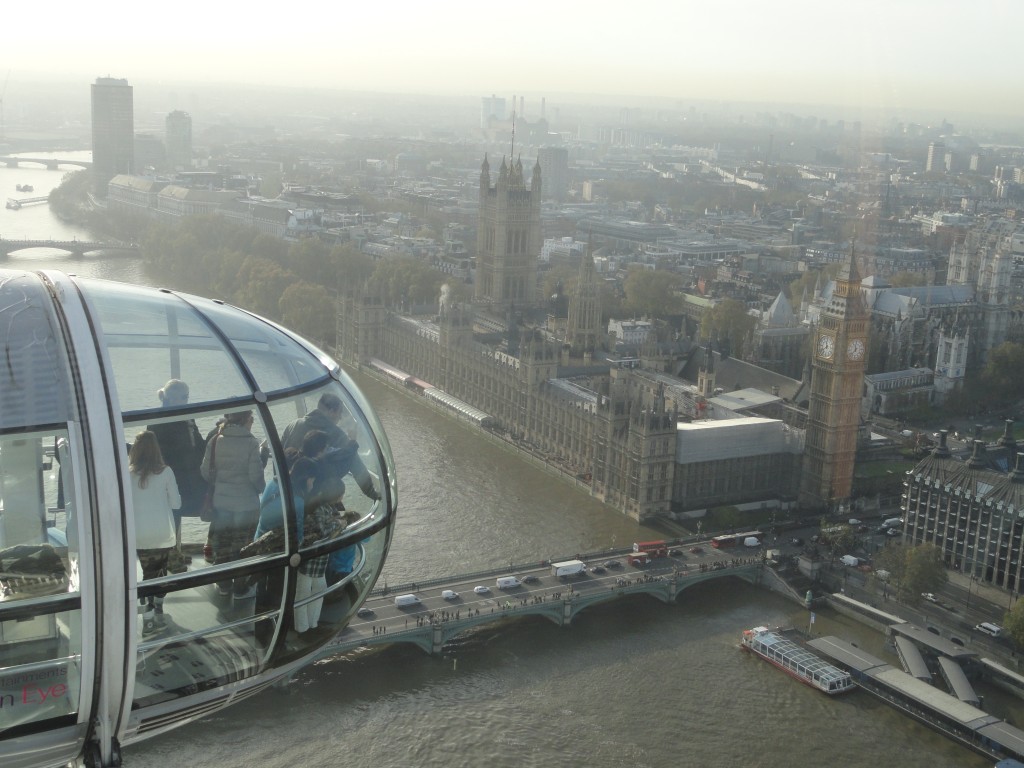Continuing on my science traveling tour. After Paris I was in London for a week.

Arrived home one night and next morning flew to Salt Lake City where the view from the plane was gorgeous.

First night here and my name and picture were blazoned on two huge screens as I picked up an award. [Actually, it turns out I won a second recognition I hadn’t known about before.]

A few days here, then back home to recover and catch up.
Tag: London
Limping in London (from Hot White Snow)
 Actually, limping would be an improvement right now, as I’m essentially stuck in my hotel room unable to walk without pain. Welcome to London.
Actually, limping would be an improvement right now, as I’m essentially stuck in my hotel room unable to walk without pain. Welcome to London.
It’s not my first travel injury. I once cracked some ribs in Paris and toured the next two days on painkillers and short breaths. I passed out from heat exhaustion and dehydration at Chichen Itza pyramid in Mexico, which got me a free ambulance ride and mini-hospital care. I shredded the bottom of my foot on coral in the Greek Islands. On a previous trip to London I walked into a plate glass door at a restaurant, smashing (but luckily not breaking) my nose. While I sat inside downing sugar packets with my head between my knees trying to maintain consciousness, the restaurant filled our dinner order at no charge (perhaps fearing a law suit).
The foot problem I’m having right now is likely related to the inflamed toe I had a few years ago on Tenerife in the Canary Islands. Probably should get that checked. For now, it’s a regime of ice pack and rest.
Notwithstanding this desvio (detour) from my planned itinerary, the week shouldn’t be a total loss. I’ve come to London a few times before an thus seen many of the sites; I’ll likely return to pick up on the ones I thought I missed. The down time gives me a chance to catch up on some reading and, more importantly, some writing. And that is always a good thing.
[The above is a cross-post from Hot White Snow]
David J. Kent is the author of Tesla: The Wizard of Electricity (2013) and Edison: The Inventor of the Modern World (2016) (both Fall River Press). He has also written two e-books: Nikola Tesla: Renewable Energy Ahead of Its Time and Abraham Lincoln and Nikola Tesla: Connected by Fate. His next book is on Abraham Lincoln, due out in 2017.
Follow me by subscribing by email on the home page. And feel free to “Like” my Facebook author’s page and connect on LinkedIn. Share with your friends using the buttons below.
Science Traveling the Great Capitals of the World
I’ve been lucky enough in recent years to travel to three dozen countries on four continents. Over the next several weeks I’ll be science traveling in a handful of the great capitals of the world.
I got started on this trek a week or so ago in New York City. Technically it isn’t a capital, but if you asked any non-American (and perhaps most Americans) to name our greatest city they most likely would name New York. On this occasion I spent some touristy time at the Statue of Liberty, Empire State Building, the 9/11 Memorial, and the aircraft carrier Intrepid (which also has the Space Shuttle Enterprise).
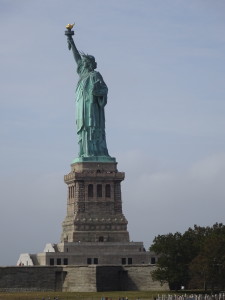
But NYC is the beginning of my fall travels. Next up is a weekend in Paris, the capital of France:
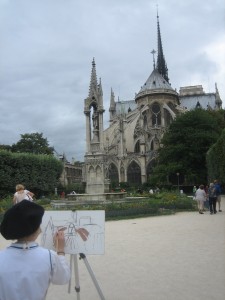
Followed by a week in London, the capital of the UK:
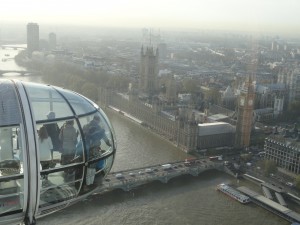
To be followed immediately by Salt Lake City (the capital of Utah) for the SETAC meeting, where I’ll pick up an award. And then on to Gettysburg to attend a conference and commemorate Abraham Lincoln’s famous address.

Which reminds me that I skipped an event. On October 20th I’ll be the featured speaker for the Lincoln Group of DC. My topic is “Lincoln and Technology,” which allows me to blend my two favorite topics. Sign up now on the Lincoln Group web page.
I’ll have more from the road as connections allow, and many stories after my return(s).
David J. Kent has been a scientist for thirty-five years, is an avid science traveler, and an independent Abraham Lincoln historian. He is the author of Tesla: The Wizard of Electricity (now in its 5th printing) and two e-books: Nikola Tesla: Renewable Energy Ahead of Its Time and Abraham Lincoln and Nikola Tesla: Connected by Fate. His book on Thomas Edison is due in Barnes and Noble stores in spring 2016.
Follow me by subscribing by email on the home page. And feel free to “Like” my Facebook author’s page and connect on LinkedIn. Share with your friends using the buttons below.
Peregrine Falcons, Albatross, and Sumatran Tigers – The Royal Society for the Protection of Birds
When you think of a place to go bird watching – specifically to see peregrine falcons – you most likely would not have been thinking of a trip to the Tate Modern museum in London. But here I was strolling along the Thames River when I spotted, well, spotting scopes, the cross between binoculars and telescopes used by avid birders seeking distant raptors. Drawn to the small group earnestly gazing at the tower that rises above the world famous museum of modern art, I soon found myself also drawn into the world of the Royal Society for the Protection of Birds (RSPB).
Based in the United Kingdom but working worldwide, the RSPB is a non-profit group whose work “is driven by a passionate belief that we all have a responsibility to protect birds and the environment.” With over a million members and 18,000 volunteers donating their time, the RSPB has grown into an effective and far-reaching force.
One of those volunteers is Carol Rawlings, who graciously spent time telling me about peregrines as we searched for the pair who make the top of the Tate tower their home, along with their single offspring. Named Misty and Houdini, they join more than a dozen breeding pairs of peregrine falcons soaring above London’s skyline. The birds perch on the high buildings and then upon spotting potential prey – usually other medium-sized birds – the peregrine goes into a steep dive, called a stoop, at speeds of over 200 miles per hour. Usually the prey doesn’t stand much of a chance.
But peregrine falcons in London are not the only focus of the RSPB, as Carol explained to me over lunch during her recent trip to Washington DC.
One current project is working with fishermen to reduce or eliminate the death of albatross from longline fishing. These huge birds with wingspans up to 12 feet spend most of their time at sea. They catch fish and squid by diving near the surface, which puts them at severe risk from the up to 80-mile long squid-baited fishing lines containing thousands of hooks being dragged behind fishing vessels. According to the RSPB, around 100,000 albatrosses are drowned every year after getting caught on these longline hooks. This is the main reason that 18 of the 22 albatross species are now threatened with extinction. A short film highlights the problem.
The RSPB has collaborated with fishermen and engineers in the design of a hook cover that effectively eliminates 80% of the albatross deaths from longlines in pilot programs. The next step is to get funding to provide these devices to all fishermen.
So what about Sumatran tigers…aren’t they a bit far-afield for a UK based charitable organization? Actually, no. The RSPB partners with other bird and wildlife protection organizations around the world. One such partnership has employed a unique strategy to help save the rainforests of Sumatra, part of the nation of Indonesia.
The Sumatran tiger is rare subspecies that is critically endangered. The main reason – logging of its shrinking rainforest habitat. To combat this loss, the RSPB and its partners bought the logging rights to thousands hectares of rainforest in the Harapan region of Sumatra. They also got the laws changed to allow them to restore the forest – previously the law required the logging rights owners to log the property. The project is a big one and will be ongoing for many years. Check here for more background and a video explaining the efforts to save the tigers and birds of Sumatra.
A stroll along the Thames has turned into a renewed appreciation for the natural world, both within the urban environs of London and Washington DC and the almost anachronistic beauty of far-flung locations such as Sumatra. As Carol and I chatted over lunch it seemed appropriate that we both have visits to the Galapagos Islands at the top of our travel lists. I’m looking forward to writing more about RSPB and their work internationally, and am already planning a series of articles for national and international magazines to highlight their work.
More travel stories and photographs can be found on my travel page or by searching on the keyword “travel” at the top of the page.
David J. Kent is the author of Tesla: The Wizard of Electricity (2013) and Edison: The Inventor of the Modern World (2016) (both Fall River Press). He has also written two e-books: Nikola Tesla: Renewable Energy Ahead of Its Time and Abraham Lincoln and Nikola Tesla: Connected by Fate. His next book is on Abraham Lincoln, due out in 2017.
Follow me by subscribing by email on the home page. And feel free to “Like” my Facebook author’s page and connect on LinkedIn. Share with your friends using the buttons below.
[Note: The photos of the peregrine falcon, albatross and Sumatran tiger all are from Wikimedia Commons.]
Big Ben and Parliament from the London Eye
A glimpse of Parliament and Big Ben through the morning haze – from the vantage point of the world famous London Eye.



